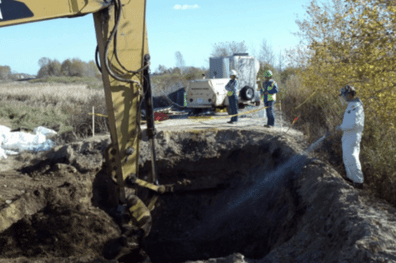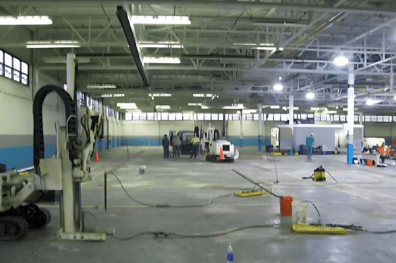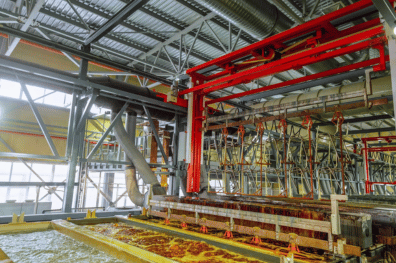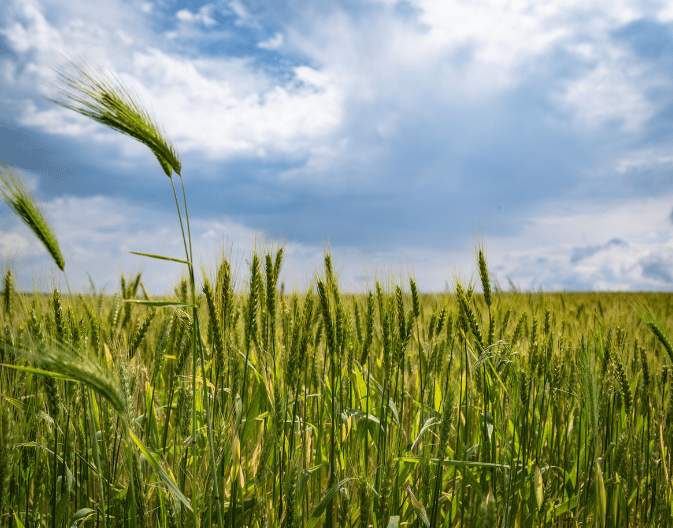Excavators were used to thoroughly mix the arsenic contaminated sediment with the treatment additives. The impacted area was divided into twenty six 100-cubic yard cells where ~ 2,600 gallons of 5% hydrogen peroxide, 70 T of ferric sulfate, 59 T of limestone, and 120 T of bentonite were added and mixed. Two soil types were treated during the process. Peat sediment was treated within the marsh area adjacent to a former railroad bed and sand ballast material was treated below the railroad bed.
Restoration of the site was completed by rebuilding the railroad bed, adding and grading top soil over the surface of the marsh mixing area to cap it, installing erosion control features, and seeding the disturbed area with a native vegetation mixture.
The Challenge
The site presented unique complexities:
- Two distinct treatment environments:
- Marsh area peat sediment
- Railroad bed sand ballast
- Sensitive ecological considerations
- 2,600 cubic yards of material
- Need for site restoration
- Erosion control requirements
The Solution: Strategic Treatment Design
The team implemented a comprehensive approach:
- Treatment Organization:
- 26 treatment cells
- 100 cubic yards per cell
- Systematic mixing protocol
- Multiple additive integration
- Environmental protection measures
- Treatment Materials:
- 2,600 gallons of 5% hydrogen peroxide
- 70 tons of ferric sulfate
- 59 tons of limestone
- 120 tons of bentonite
- Custom mixing ratios
Site Restoration Process
Comprehensive restoration included:
- Railroad bed reconstruction
- Marsh area topsoil capping
- Strategic erosion control
- Native vegetation seeding
- Environmental protection measures
Implementation Strategy
Key operational elements:
- Excavator mixing methodology
- Cell-by-cell treatment
- Material ratio optimization
- Environmental impact minimization
- Restoration integration
Key Success Factors
Several elements contributed to project success:
- Strategic cell organization
- Precise material ratios
- Careful ecosystem protection
- Comprehensive restoration
- Native vegetation integration
Environmental Protection
Special considerations included:
- Minimal ecosystem disturbance
- Strategic erosion control
- Native species preservation
- Surface water protection
- Long-term sustainability
Technical Innovation
The project demonstrated:
- Multiple material integration
- Dual environment treatment
- Ecosystem-friendly methods
- Successful stabilization
- Sustainable restoration
Project Outcomes
Achievement highlights:
- 2,600 cubic yards treated
- Cleanup goals achieved
- Minimal environmental impact
- Successful site restoration
- Ecosystem protection maintained
This case study demonstrates how complex contamination can be addressed while preserving and restoring sensitive environmental areas.



